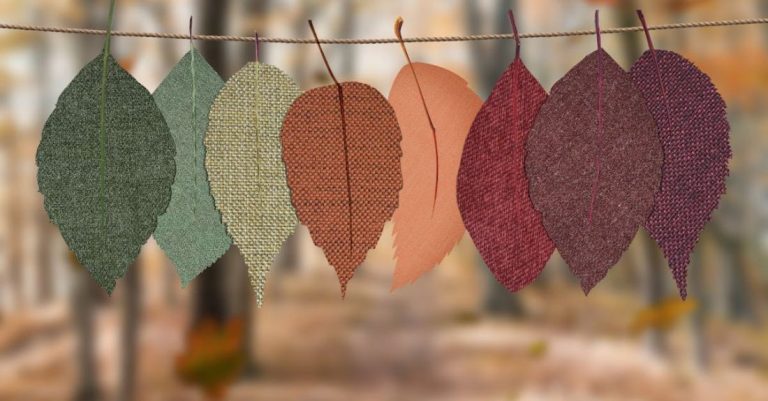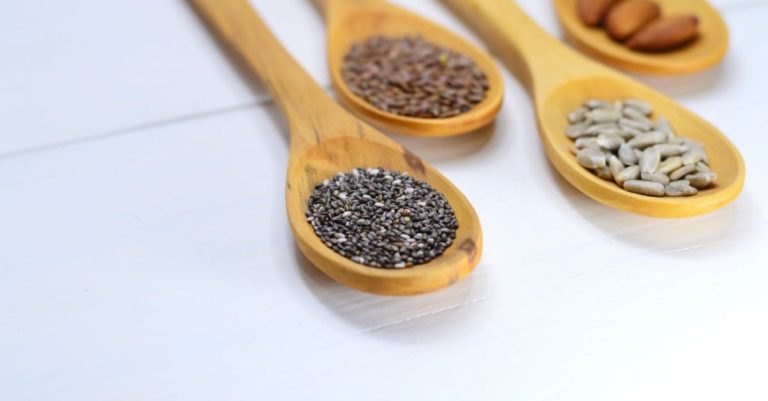
As winter approaches, it’s essential to prepare your garden for the colder months ahead. Winterizing your garden is crucial to ensure its health and beauty come springtime. By taking the time to properly winterize your garden, you can protect your plants from harsh weather conditions and set the stage for a successful growing season next year. Here are some of the best techniques for winterizing your garden.
Assess Your Garden’s Needs
Before you begin winterizing your garden, take some time to assess its specific needs. Consider the types of plants you have, the layout of your garden, and any potential problem areas that may need special attention. By understanding your garden’s unique requirements, you can tailor your winterization efforts to ensure the best possible outcomes.
Clean Up Your Garden
One of the first steps in winterizing your garden is to clean up any debris that has accumulated throughout the growing season. Remove dead plants, fallen leaves, and any other organic matter that could harbor pests or diseases. By clearing away debris, you can help prevent the spread of pathogens and create a clean slate for the winter months.
Protect Your Plants
Once you’ve cleaned up your garden, it’s time to focus on protecting your plants from the cold. Consider adding a layer of mulch around the base of your plants to insulate the soil and help regulate temperature fluctuations. Additionally, you may want to consider covering delicate plants with a frost cloth or burlap to shield them from freezing temperatures and harsh winds.
Watering and Drainage
Proper watering and drainage are essential components of winterizing your garden. Make sure to water your plants deeply before the ground freezes to help them withstand the winter months. At the same time, ensure that your garden has adequate drainage to prevent waterlogging, which can lead to root rot and other issues. Consider adding raised beds or improving soil structure to enhance drainage in your garden.
Prune and Trim
Pruning and trimming your plants before winter sets in can help promote healthy growth in the coming season. Remove any dead or diseased branches, as well as any overgrown or crowded growth. By pruning strategically, you can encourage new growth and improve the overall health of your plants.
Protect Your Garden Structures
In addition to protecting your plants, don’t forget to winterize any garden structures you have, such as trellises, fences, or arbors. Check for any signs of damage or wear and tear, and make any necessary repairs before the winter weather takes its toll. Consider applying a protective coating to wooden structures to help them withstand moisture and prevent rot.
Overwintering Tender Plants
If you have tender plants that won’t survive the winter outdoors, consider overwintering them indoors. Bring potted plants inside before the first frost, and provide them with adequate light and water throughout the winter months. You may also want to consider propagating cuttings from your favorite plants to start new growth for the next growing season.
Prepare Your Tools and Equipment
Finally, as you winterize your garden, take the time to prepare your tools and equipment for the off-season. Clean and sharpen your pruners, shears, and other tools to ensure they’re ready for use next year. Store your tools in a dry, secure location to prevent rust and damage, and consider organizing your gardening supplies for easy access when spring arrives.
In conclusion, winterizing your garden is an essential step in maintaining its health and beauty throughout the colder months. By assessing your garden’s needs, cleaning up debris, protecting your plants, ensuring proper watering and drainage, pruning and trimming, protecting garden structures, overwintering tender plants, and preparing your tools and equipment, you can set the stage for a successful growing season next year. Take the time to winterize your garden now, and you’ll reap the benefits when spring arrives.





